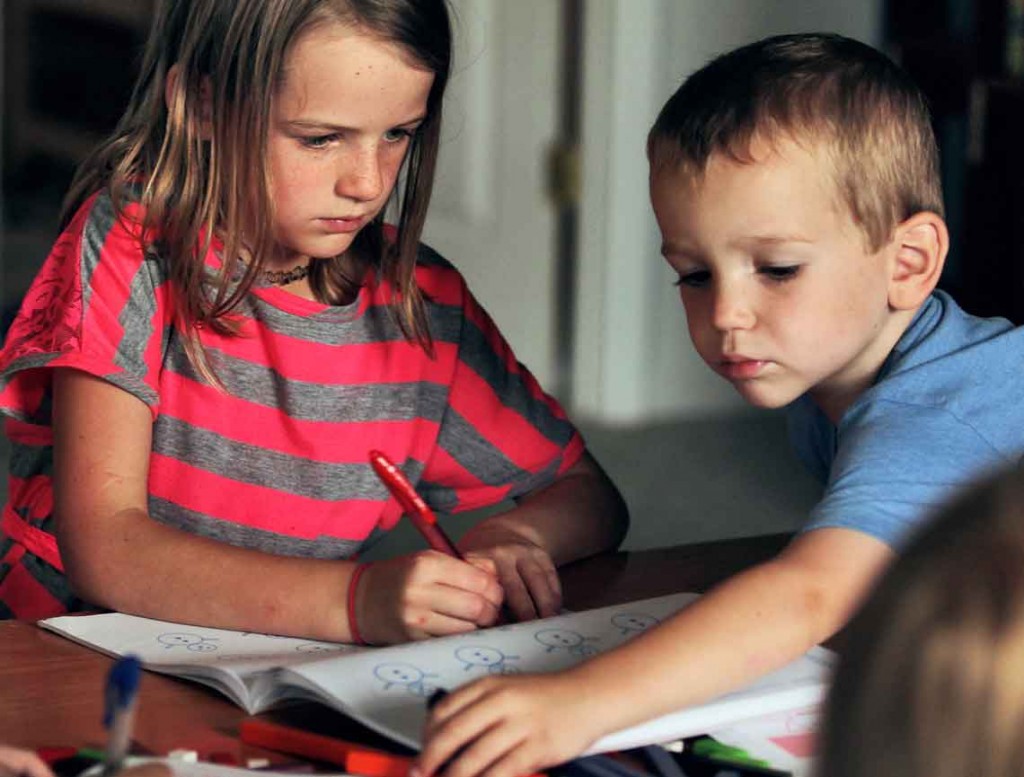What is the Miquon School | Miquon?
The Miquon School | Miquon provides a Progressive educational program for children ages 3-12. What is Progressive Education? Yay Lunch! Meal Plan Apply to Camp!
What is Miquon math?
Miquon Math is a hands-on math curriculum for Grades 1-3, developed in the 1960s by Lore Rasmussen at the Miquon School in Pennsylvania. Its tactile lab approach helps children actively explore math concepts, learning by doing. The program comprises six student books, two for each grade, and three teacher support books.
Why choose Miquon for your child?
Childhood should be fun, and children should find joy in learning. At Miquon, we guide children to become creative and compassionate people who change the world.
What is progressive education at Miquon School?
The Miquon School | Miquon provides a Progressive educational program for children ages 3-12. What is Progressive Education? Yay Lunch! Meal Plan Apply to Camp! Yay Lunch! at Miquon, we believe… Children learn by doing. Helping children learn to think is as important as teaching any specific subject matter.

What is Miquon Math?
Miquon Math is a hands-on math curriculum for Grades 1-3, developed in the 1960s by Lore Rasmussen at the Miquon School in Pennsylvania. Its tactile lab approach helps children actively explore math concepts, learning by doing.
What is a cuisenaire rod?
Cuisenaire Rods are an important part of teaching math with the Miquon Math Labs program. They provide a tactile element that helps children visualize and better understand mathematical concepts.
Why is miquon good for kids?
Cathy Duffy says, “…because of unique methods of teaching arithmetic concepts, younger children can begin to learn arithmetic through the hands-on activities, and older children can also benefit from Miquon used as a supplement… It’s a hands-on approach that is very strong on development of conceptual understanding.”
How many books are in the Cuisenaire program?
The program comprises six student books, two for each grade, and three teacher support books. An important component is the use of Cuisenaire rods as a physical and visual connection to math concepts.

Popular Posts:
- 1. fortbend isd parental portal
- 2. sylvan parent portal
- 3. flagler county schools parent portal
- 4. florida state university parent portal
- 5. boonville r1 parent portal
- 6. dist 69 parent portal
- 7. brentwood high school parent portal
- 8. ccgs intranet parent portal
- 9. nativity school parent portal
- 10. avery coonley parent portal